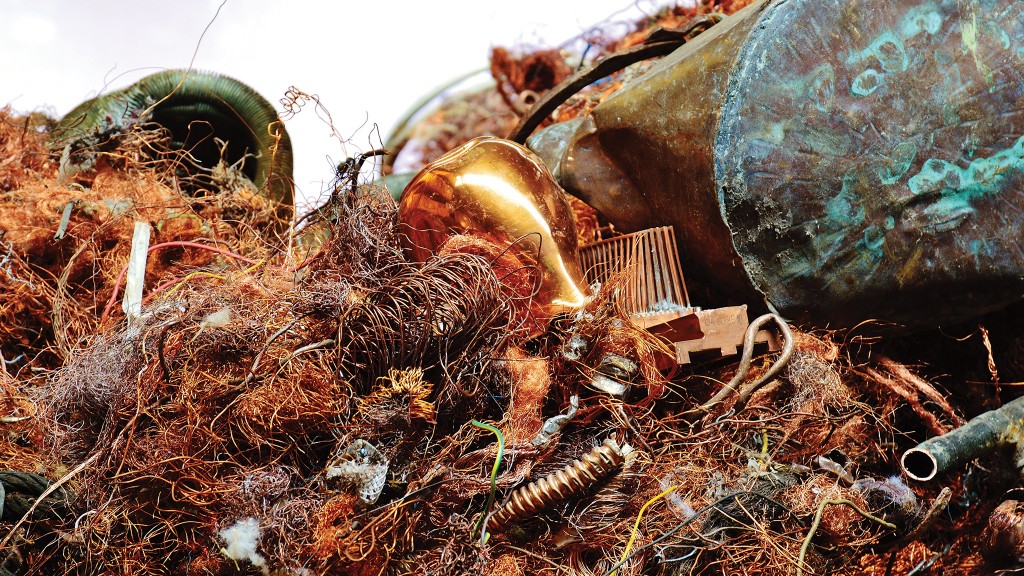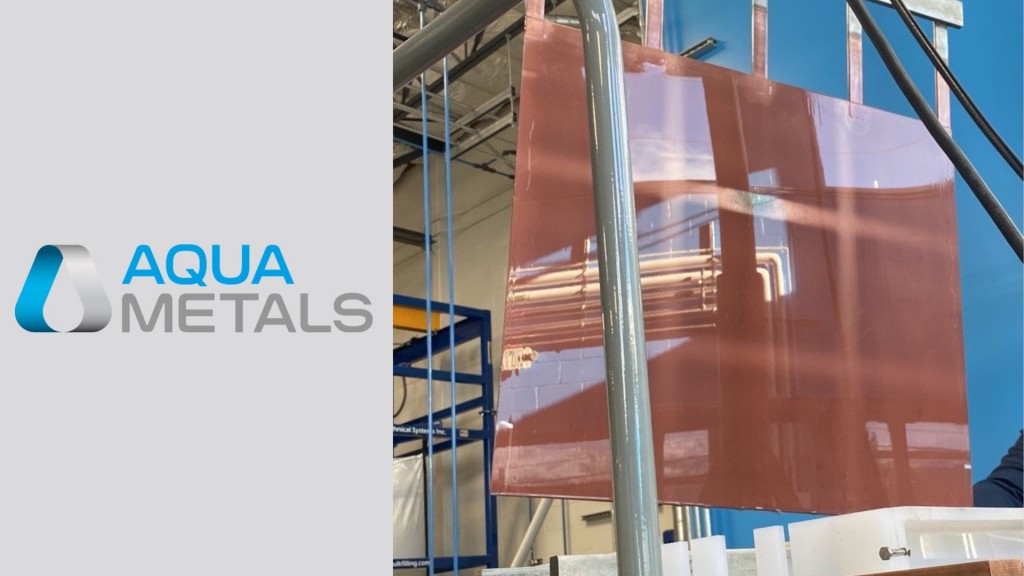
There's a sense of déjà vu in the copper market as 2023 begins. Trends that defined the beginning of a supercycle toward the end of 2021 into the beginning of 2022 have returned, but for different reasons.
The price of copper regained ground to cross the $4/pound mark as January 2023 began, and though the price has remained persistently above this mark through most of January, it is driven this time around by a lack of supply rather than strong demand, which defined the first quarter of 2022.
Some projections also expect the global copper market's growth to slow down before accelerating again next year. For instance, the International Copper Study Group (ICSG) has forecasted a growth in copper consumption and demand despite recessionary pressures decelerating its growth this year.
A copper market deficit of 325,000 mt (metric tons) in 2022 is forecast to narrow down to 155,000 mt in 2023 by the ICSG. Global consumption is also expected to decelerate and grow at a slower pace of 1.4 percent to 26.18 million mt in 2023 against a growth of 2.2 percent to 25.82 million mt last year.
Financial house ING's research arm has also forecast a weak short-term outlook for the copper market amid a slowdown in China's economy, the largest consumer of copper and copper scrap. Still, supply is expected to remain tight as ING projects copper prices to remain well above historical levels.
Still, in the long term, both ICSG and ING expect improved copper demand following the increasing use of this metal in electric vehicles (EVs) and the renewable energy sector as the world consciously moves toward fulfilling its net-zero carbon goals by 2050.
A renewed focus on copper recycling
The availability of primary copper is expected to remain soft throughout 2023 given the political protests, drought situation, labour issues, and lower ore grades at copper mines in Peru and Chile, the world's largest primary copper producers.
Globally, focus has increased on the usage of recycled copper and its alloys to narrow the supply demand gap for the material. This has led to increasing imports of copper and brass scrap by Asian countries, especially China and India, from exporters like the U.S.
For example, between January and November 2022, China imported 270,430 mt of copper and brass scrap from the U.S. alone, up 26 percent from 214,787 mt during the 11 months of 2021, according to the latest U.S. Census Bureau data.
India, another large buyer from Asia, increased its shipments of red metal scrap from the U.S. by 66 percent to 80,229 mt from 48,346 mt in the 11 months under review. On the other side of the Atlantic, Canada's imports of U.S. copper scrap stood at 100,812 mt, down 5 percent from 106,470 mt in this time frame.
Overall, copper scrap shipments from the U.S. increased by 2.5 percent 864,237 mt between January and November 2022 from 843,282 mt in the corresponding time frame of 2021.
However, the continued lockdowns in China due to COVID-19 and a softening in demand due to high copper prices reflected in lower exports of the material from the U.S. during November 2022. Shipments in this month declined annually by 12.6 percent to 72,870 mt from 83,409 mt, continuing a trend of decline that first began in October 2022.
Importer preferences play a key role
The top importers also had a preference in the material they bought. For example, China's imports of #1 copper far exceeded its purchases of bare bright and #2 copper from the U.S., though the latter is a much sought-after grade by the country's smelters.
Between January and November, China imported 54,650 mt of #1 copper against 46,158 mt of #2 copper and 17,710 mt of bare bright copper scrap from the U.S.
Spreads for these grades have therefore naturally remained relatively tight despite softer demand toward the end of the year. For example, the Davis Index spread for #1 copper wire and tube averaged around 14-16¢/pound last year, dipping to around 22.6¢/pound in March 2022 as the world felt the ramifications of Russia's war on Ukraine.
Similarly, the spreads for #2 copper averaged in the 35-40¢/pound range through last year, peaking to around 30¢/pound in October 2022 when China bought large volumes of this material.
Overall U.S. exports of #1 copper ticked up between January and November by 41.8 percent to 89,577 mt against 63,166 mt in the 11 months of 2021, followed by bare bright which increased by 29.1 percent to 75,703 mt from 58,640 mt in the same period under review. Exports of #2 copper climbed by 0.7 percent to 109,499 mt during this time frame from 108,759 mt.
It remains to be seen whether the year will be kind to the global trade of copper scrap, but for now it seems tight spreads and high prices are here to stay.
Radhika Ojha is the senior editor at Davis Index, a market intelligence platform for the ferrous and non-ferrous metals and recycling industry. She covers the U.S. copper markets and can be reached at [email protected]



